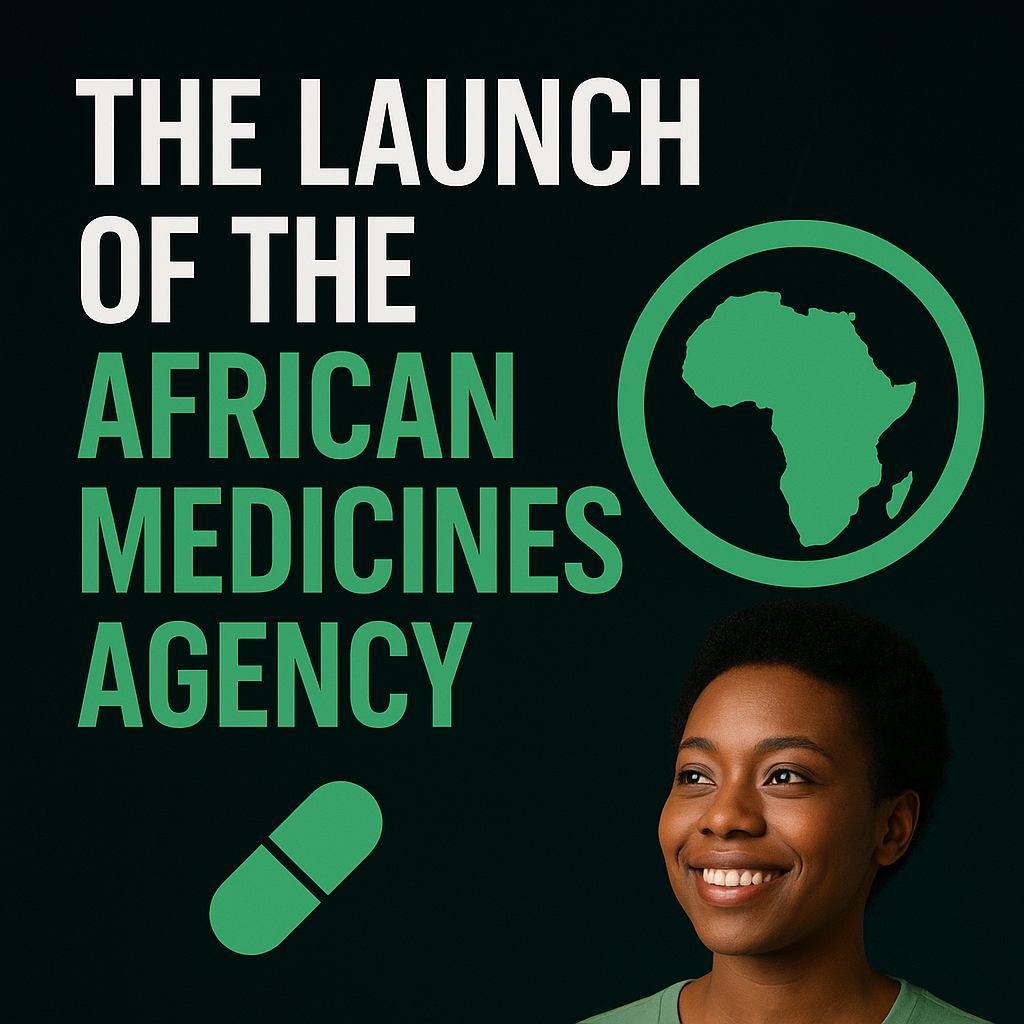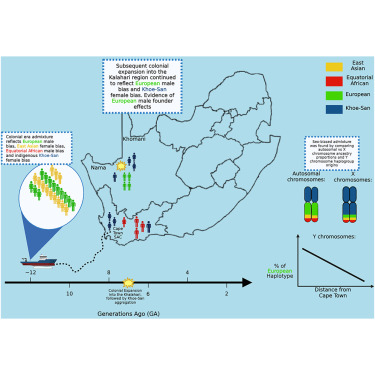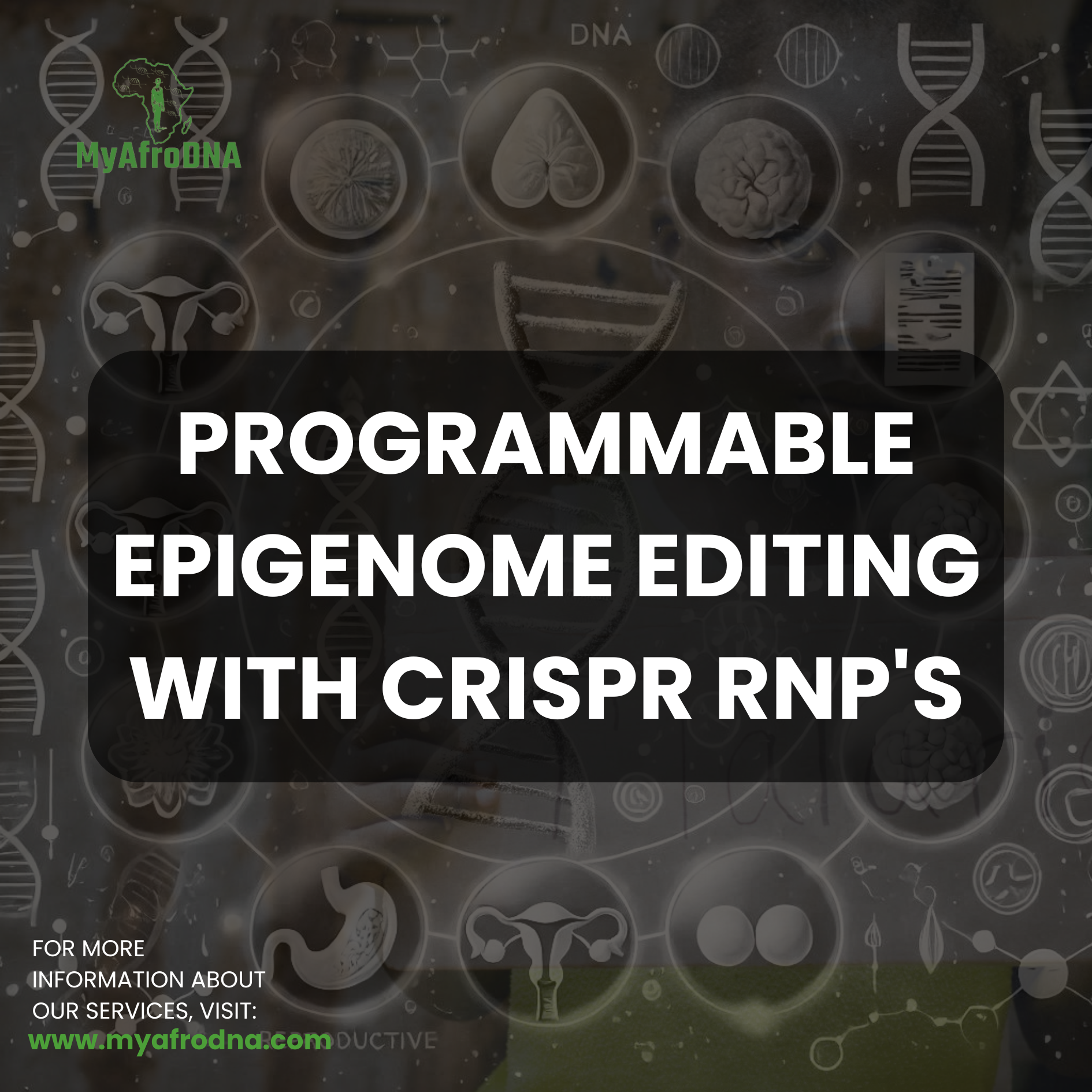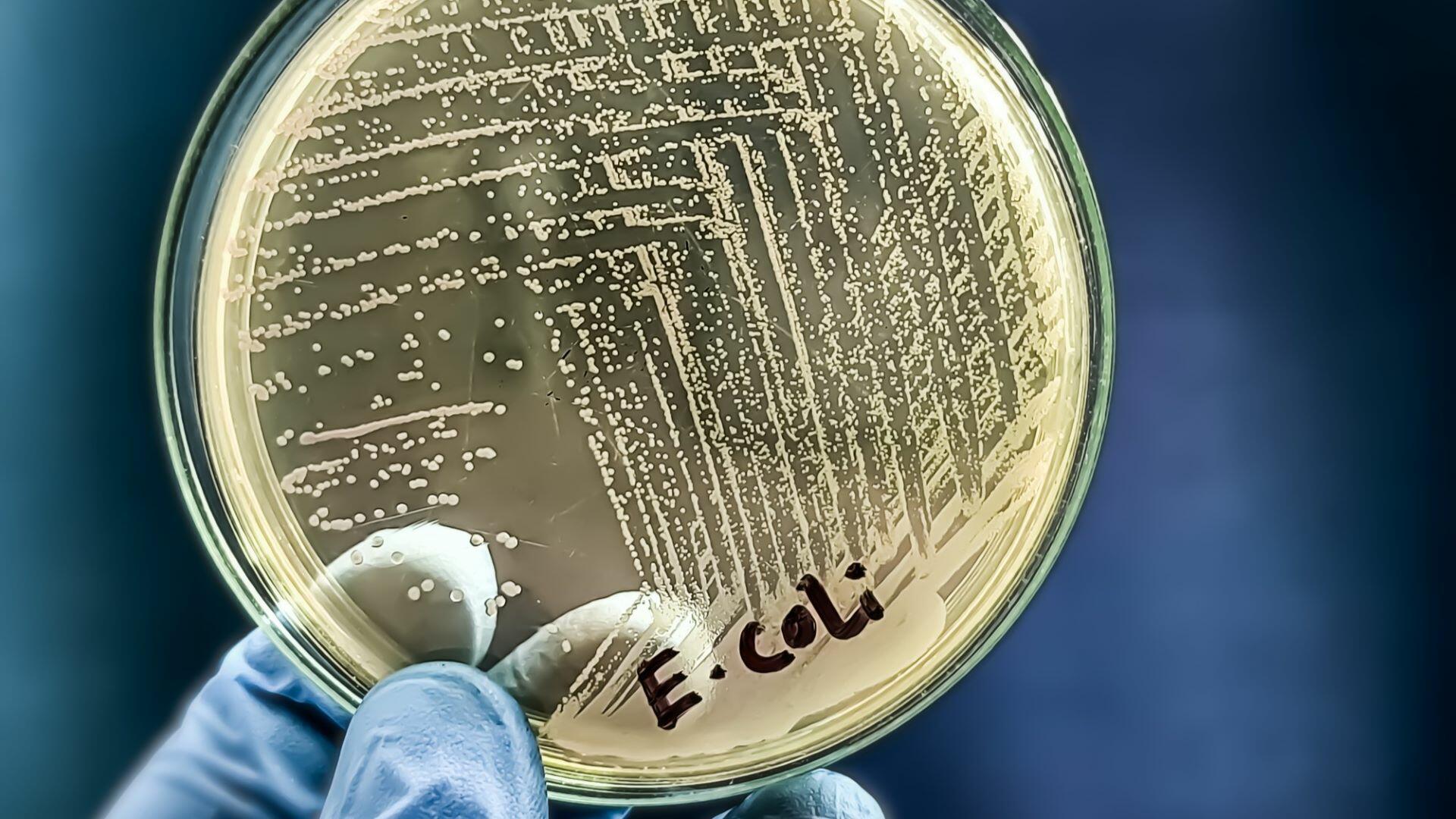Africa is achieving one of its most remarkable public-health milestones in recent memory: the continent has reported a 28% drop in tuberculosis (TB) incidence and a 46 % decline in TB-related deaths, figures that surpass global targets and highlight a critical shift in disease control capacity.
This progress comes despite persistent challenges: constrained funding, limited infrastructure, and complex cross-border dynamics across Africa’s health systems. Yet it also underscores an important truth: when scientific tools, coordinated policy, and local leadership align, even historically burdensome diseases can be brought under control. For organisations working in molecular diagnostics and biospecimen services like yours, this achievement offers both inspiration and context.
At MyAfroDNA, this success story reinforces our core mission: making high-quality molecular testing accessible across Africa. As TB incidence and mortality decline, the demand for accurate diagnostics, pathogen genomics, and robust biosamples becomes ever more critical. Lower TB rates elevate the importance of refined testing services that can support surveillance, differential diagnosis, and broader public-health tracking. Moreover, biobanks and specimen-sharing frameworks become integral in documenting evolving pathogens and designing targeted interventions.
In practical terms, this means we must scale our molecular-testing infrastructure, strengthen our collaboration with health systems, and ensure our biospecimens meet rigorous standards. By doing so, we contribute to a future where African health systems are not just battling disease but staying ahead of it. The continent’s TB victory is not just one battle won; it’s a warning light for the next frontier of diagnostics, genomics, and equitable health innovation.
Read the full article here: Africa exceeds global tuberculosis targets, despite funding squeeze
Explore how MyAfroDNA’s molecular-testing and DNA-diagnostic services are helping build Africa’s health-tech future. Learn more about our services to learn more and partner with us.










